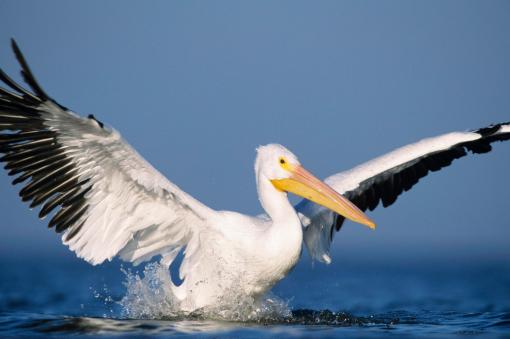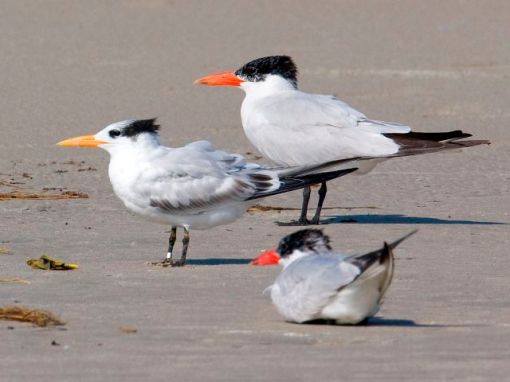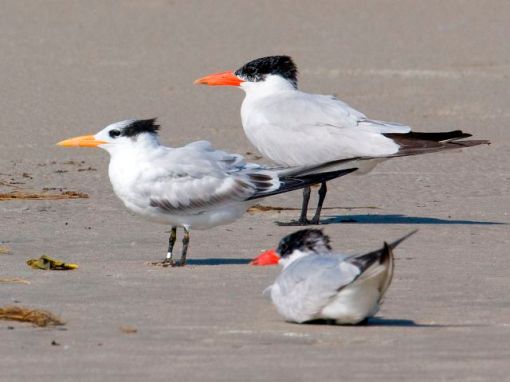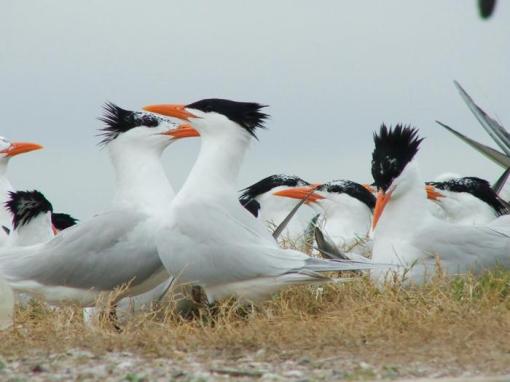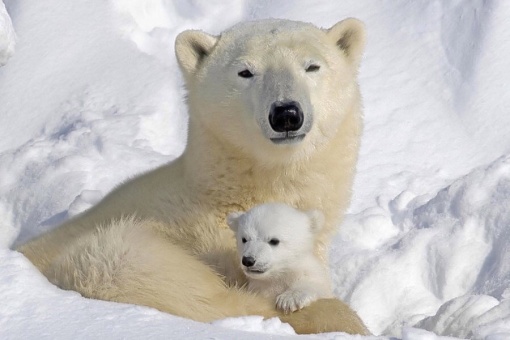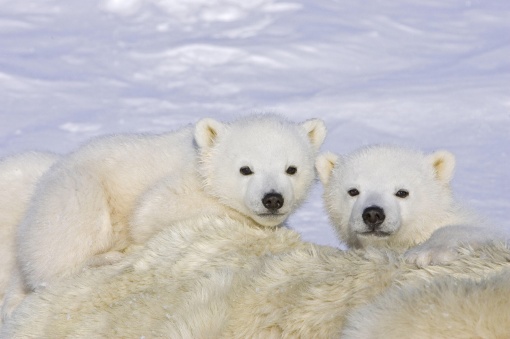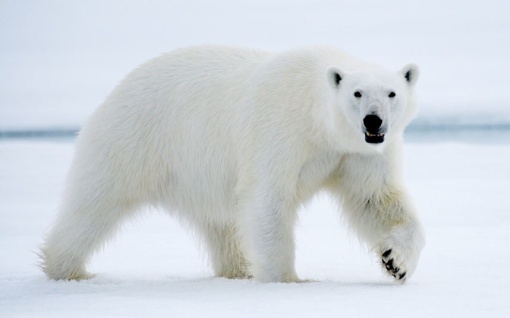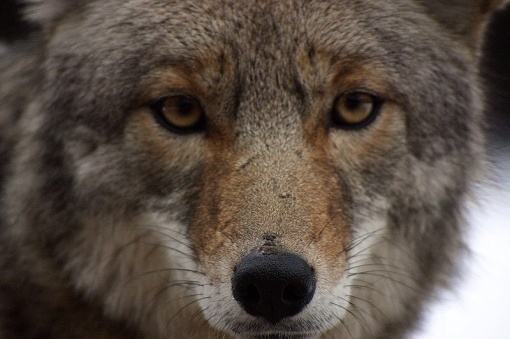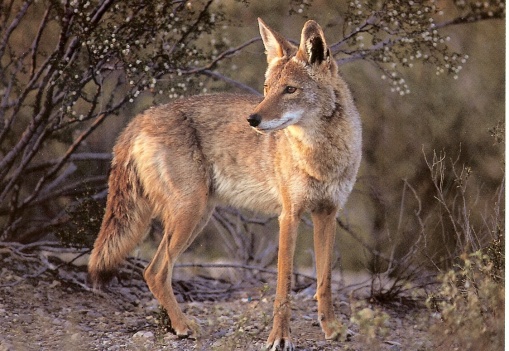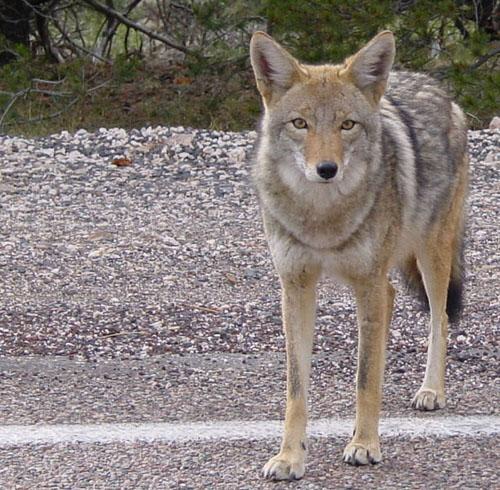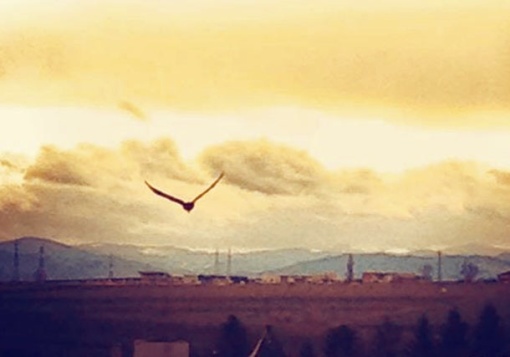Mr. Rushern Baker – The all powerful current County Executive for Prince George’s County is known not to be a man of his word according to Prince George’s County NAACP Chapter and is deeply involved in the scandal comprising Dr. kevin Maxwell
We won’t repeat all the details here for now, but there are a few facts that probably will not be reported elsewhere. However, Prince George’s County has long history and a reputation for questionable ethics.
On this note, is one man responsible for the sins of another? Can one politician be held accountable when another acts outside the scope of that politician’s control?
This certainly wasn’t the case when Jack Johnson, the Democrat County Executive of Prince George’s County, was arrested for bribery. Maryland Republicans didn’t hold the Maryland Democratic Party responsible for his crimes, only for how they dealt with it afterwards. When Paul Schurick, the Bob Ehrlich campaign aide who engaged in phony phone calling on Election Day, was arrested and tried for his activities, we didn’t hold then-Maryland State GOP chair Audrey Scott responsible. The same goes for when the Anne Arundel County executive was accused for a variety of transgressions.
We have previously expressed fear on this space that corruption is making a big-time comeback under the Rushern Baker regime.
Buccaneers of Thomas Addison Elementary School infamy have been trolling the corridors of power with renewed swagger, after having been banished to the sidelines once the scandal blew up in County Executive Rushern Baker’s face.
All manner of shady wheeler-dealers offering their unique skills have been welcomed with open arms by the movers and shakers in the Rushern Baker government in preparation for a Casino coming up west of Largo in the Washington National Harbor.
These wheeler-dealers have easy access to all the important offices, and it has again become the norm for investors from various parts of the country, the world and anywhere else looking entry into Prince George’s County not to find open doors unless they go through the briefcase intermediaries. However, that’s a story for another day. Stay tuned with this blog. Featured below is information received recently from Nehemiah Vision in order to keep elected officials accountable. As you can see from the reports, Ms. Monica Goldson played a major role in the transfer Thomas Addison Elementary School saga.
A significant amount of time has passed since the first post regarding the Board of Education’s (BOE) vote to transfer Thomas Addison Elementary School to the local government for use by MGM casino. Since that time, the BOE had The Thatcher Law Firm prepared a response that did not address the issues raised in the appeal by the Executive Director of Nehemiah Vision, but was in our opinion a poor attempt to have the appeal dismissed in an effort by the Thatcher Law Firm to avoid answering for BOE’s failure to comply with the law. Should we prevail with this appeal, it will send the much needed message to our elected officials that they will be held accountable to their constituents and they are not above the law. The documents filed with the State Board of Education are attached below.
- Final Appeal to the Attorney General <~~Appeal to the State Board of Education regarding the transfer of Thomas Addison Elementary.
- Motion to Deny Extension <~~Motion to Deny the BOE’s request for an extension.
- NehemiahsVisionappeal <~~This is the BOE’s response to the Appeal.
- Appellant’s Response to Respondents <~~Appellant’s response to the BOE’s response.
***
Dr. Kevin Maxwell whom we advocated for and the highest levels of PGCPS leadership are implicated in a mega corruption involving the current regime. Dr. Maxwell was indirectly a subject of the Maryland legislature in the last session. (Read more)
Ms. Monica Goldson – Chief Operating Officer for Prince George’s County controls millions of dollars on behalf of other conspirators. She is the Architect of mismanagement involving public funds currently underway in Prince George’s county Public schools which is facilitated by ASASP Union (the union) fueling the fire.
Dr. Segun Eubanks (Courtesy of the National Education Association)…is identified with weak financial controls within Prince George’s county school District and has been laughing all the way to the Bank for the last nine (9) months. (Read more)
***
-
When you see these gentlemen and others next time, ask them with love how does it feel to be in power without checks and balances? if you are uncomfortable, don’t say anything but look at them closely.
- If they are your friends, Challenge them with love and positive intentions if they are being the best they can be.
- Ask them too, whose interests are they serving? is it personal or for larger good?
- Find out the reasons for retaliating against innocent employees who helped them get their current positions.
- Inquire further why they ignored some of our recommendations. (see them here)
As a movement, we have made it clear that philosophy and substance are far more important than party identification. If we truly believe that, then we need to support and elect honest leadership to lead Prince George’s county in the right direction many years to come.
There are more series of highlights coming up in the next several months unless major adjustments involving Executive staff and others in PGCPS are made…. stay tuned!
We have had enough. Enough is enough.
We are fortunate to have you guys (our followers) in our lives. You make the world a better place!
“Our times demand a new definition of leadership – global leadership. They demand a new constellation of international cooperation – governments, civil society and the private sector, working together for a collective global good.”
UN Secretary-General Ban Ki-moon
Speech at World Economic Forum
Davos, Switzerland (29 January 2009)
***






